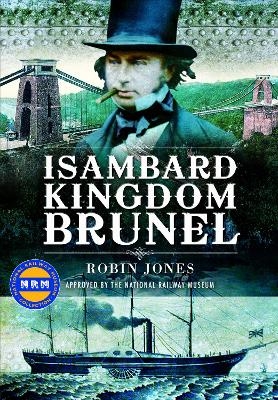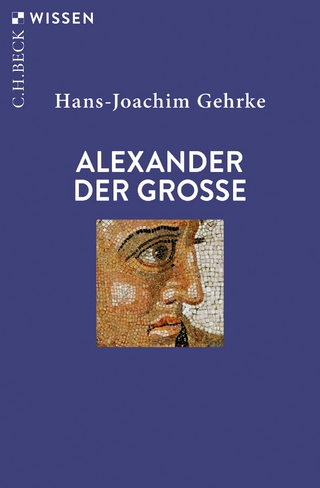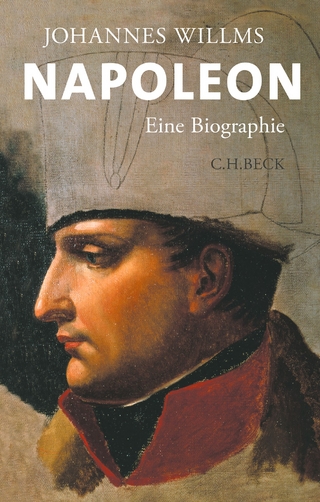
Isambard Kingdom Brunel
Seiten
2020
Pen & Sword Transport (Verlag)
978-1-5267-8369-1 (ISBN)
Pen & Sword Transport (Verlag)
978-1-5267-8369-1 (ISBN)
Fascinating insight into Brunel, engineer, visionary and artist. A highly respected journalist who specialises in heritage transportation and industrial archaeology.
Isambard Kingdom Brunel. Three names. Three people in one. Born in Portsmouth on 9 April 1806, there was Brunel the great engineer, who would habitually throw out the rule book of tradition and established practice, and start again with a blank sheet of paper, taking the technology of the day to its limits and then going another mile.
Then there was Brunel the visionary, who knew that transport technology had the power to change the world, and that he had the ability to deliver those changes. Finally, there was Brunel the artist who rarely saw technology as just functional, and strove to entwine the fruits of the Industrial Revolution with the elegance and grace of the neo-classical painter. His bridges, tunnels and railway infrastructure have entered a third century of regular use, and the beauty of their design and structure has rarely been equalled.
The three decades, from the 1830s to the 1850s, saw an explosion of technical excellence, and it was Brunel who in so many cases lit the blue touch paper. He did not always get it right first time, and it was left to others to reap the fruits of his many labours. Nevertheless, his actions fast-forwarded the march of progress by several decades.
Isambard Kingdom Brunel. Three names. Three people in one. Born in Portsmouth on 9 April 1806, there was Brunel the great engineer, who would habitually throw out the rule book of tradition and established practice, and start again with a blank sheet of paper, taking the technology of the day to its limits and then going another mile.
Then there was Brunel the visionary, who knew that transport technology had the power to change the world, and that he had the ability to deliver those changes. Finally, there was Brunel the artist who rarely saw technology as just functional, and strove to entwine the fruits of the Industrial Revolution with the elegance and grace of the neo-classical painter. His bridges, tunnels and railway infrastructure have entered a third century of regular use, and the beauty of their design and structure has rarely been equalled.
The three decades, from the 1830s to the 1850s, saw an explosion of technical excellence, and it was Brunel who in so many cases lit the blue touch paper. He did not always get it right first time, and it was left to others to reap the fruits of his many labours. Nevertheless, his actions fast-forwarded the march of progress by several decades.
Robin Jones is a widely published and highly respected journalist who specialises in heritage transportation and industrial archaeology subjects. Robin contributes news and feature material on a regular basis across a wide range of railway titles and has written many books on Britain's railway history.
| Erscheinungsdatum | 15.01.2021 |
|---|---|
| Zusatzinfo | 150 colour illustrations |
| Verlagsort | Barnsley |
| Sprache | englisch |
| Maße | 718 x 246 mm |
| Themenwelt | Literatur ► Biografien / Erfahrungsberichte |
| Sachbuch/Ratgeber ► Natur / Technik | |
| Technik ► Bauwesen | |
| ISBN-10 | 1-5267-8369-X / 152678369X |
| ISBN-13 | 978-1-5267-8369-1 / 9781526783691 |
| Zustand | Neuware |
| Informationen gemäß Produktsicherheitsverordnung (GPSR) | |
| Haben Sie eine Frage zum Produkt? |
Mehr entdecken
aus dem Bereich
aus dem Bereich


